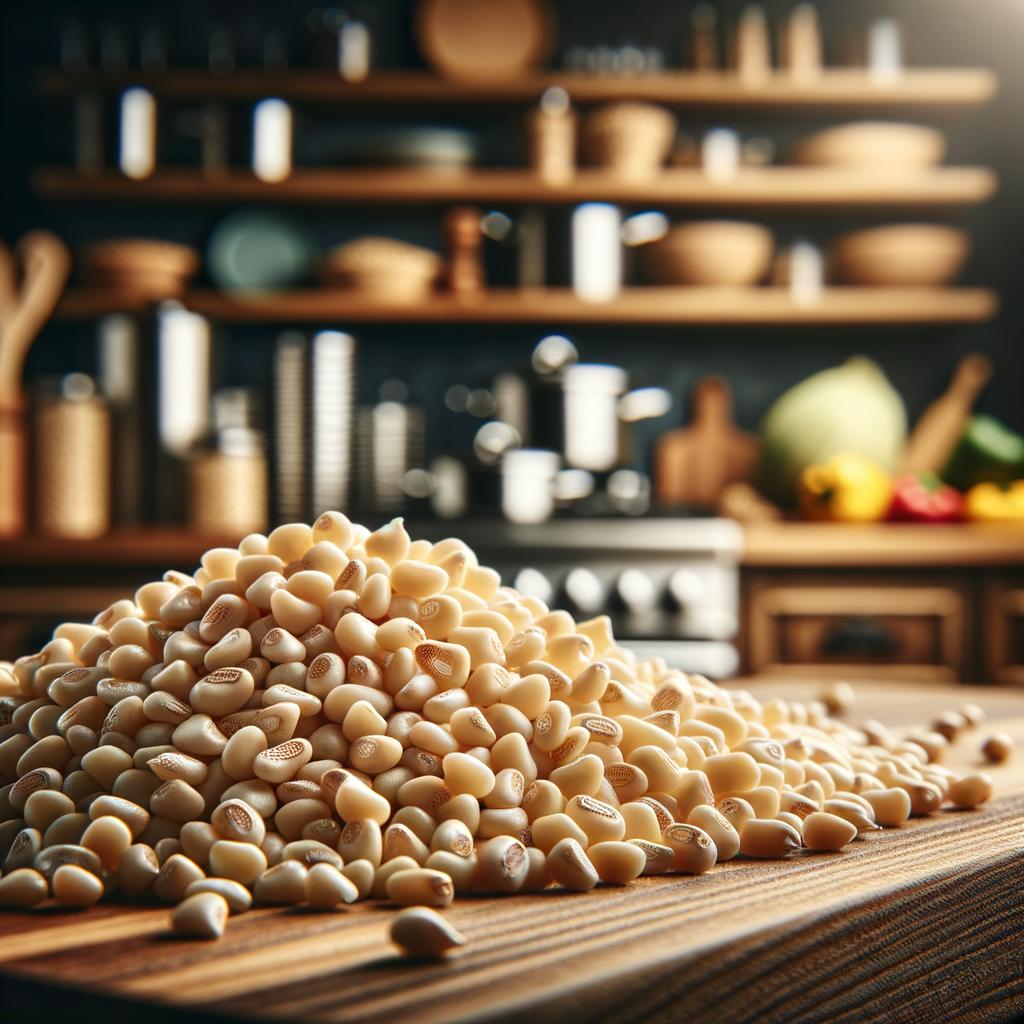Dried Hominy

Description Dried hominy, a traditional Native American food, is a unique variety of corn that has been treated with an alkali in a process called nixtamalization. Its appearance is unlike standard corn; the kernels are larger, puffier, and possess a pale yellow to white hue. The outer hull is removed, revealing a softer, starchier interior. Its texture is firm, yet tender when cooked, offering a satisfying bite. The flavor profile of dried hominy is earthy and slightly sweet, with a distinct corn taste that sets it apart from other grains.
Primary Uses Dried hominy is a versatile ingredient, commonly used in a variety of cuisines and dishes. It is a key component in traditional Mexican and American Southwest dishes like pozole, a hearty, savory soup. Ground into masa, it forms the basis of tortillas, tamales, and arepas. In the Southern United States, hominy grits are a staple breakfast dish. Beyond its culinary uses, hominy has cultural significance among Native American tribes, where it is often used in ceremonies and celebrations.
History The history of dried hominy is as rich and intriguing as its flavor. Its roots trace back to the ancient civilizations of the Americas, particularly the Aztecs and Mayans, who discovered the process of nixtamalization. This process not only enhanced the flavor and texture of the corn but also unlocked vital nutrients, making it a critical food source. Over time, hominy's popularity spread northward, becoming a staple in Native American diets. It later found its way into Southern cuisine following European colonization. Folklore suggests that hominy was served at the first Thanksgiving, symbolizing peace and unity between the Pilgrims and Native Americans.
Nutritional Information Dried hominy is a nutritional powerhouse. It is rich in dietary fiber and provides a good source of protein. The nixtamalization process enhances the bioavailability of niacin (vitamin B3), making it an excellent source of this essential nutrient. Moreover, it contains minerals like iron, magnesium, and zinc. Compared to regular corn, hominy has a higher protein content and a lower glycemic index, making it a healthier choice for those managing their blood sugar levels. As with all foods, moderation is key, as hominy is also high in carbohydrates.

